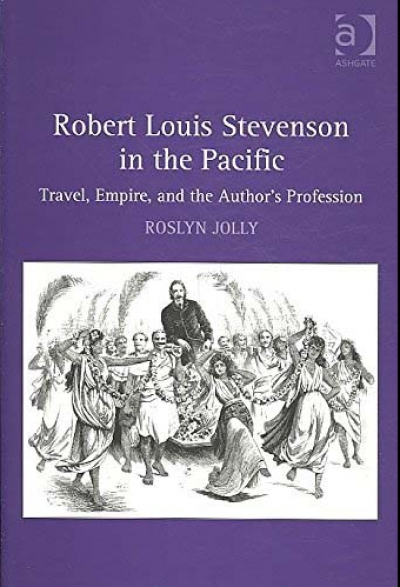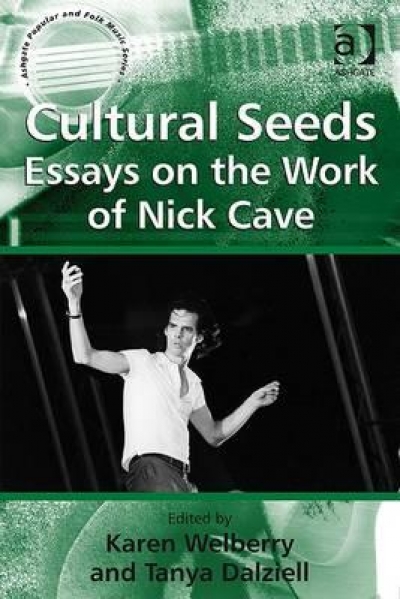Ashgate Publishing
Robert Louis Stevenson in the Pacific: Travel, empire and the author's profession by Roslyn Jolly
by Gillian Dooley •
Boredom is the Enemy: The Intellectual and Imaginative Lives of Australian Soldiers in the Great War and Beyond by Amanda Laugesen
by Craig Wilcox •
Australian Art and Artists in London, 1950–1965: An Antipodean Summer by Simon Pierse
by Sarah Scott •
Cultural Seeds: Essays on the work of Nick Cave edited by Karen Welberry and Tanya Dalziell
by Paul Genoni •
Opera from the Greek: Studies in the poetics of appropriation by Michael Ewans
by Robert Gibson •
Australian Security After 9/11: New and old agendas edited by Derek McDougall and Peter Shearman
by Michael Wesley •
The Medici Women: Gender and power in renaissance Florence by Natalie Tomas
by Ros Pesman •







